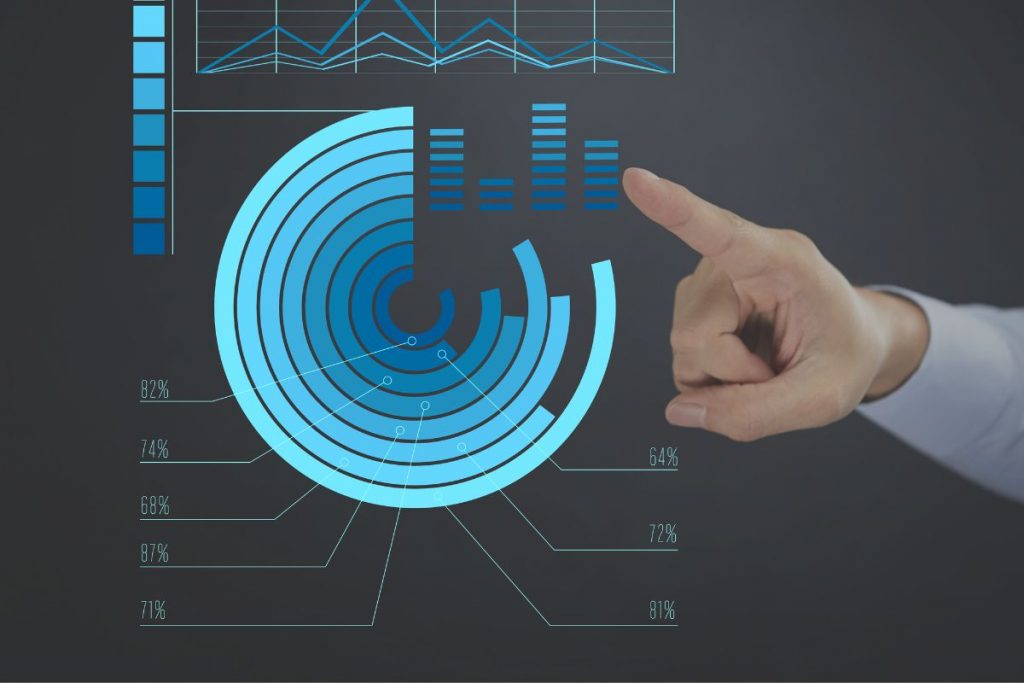In today’s digital landscape, attention spans are shorter than ever, and competition for user engagement is fierce. This is where the power of visual elements comes into play. Professional website designers understand that captivating visuals are no longer a mere aesthetic choice; they are a strategic tool for grabbing attention, conveying information effectively, and ultimately, driving engagement.
This article explains the science behind visual communication and explores various types of visual elements that can elevate your website design and boost user engagement. We’ll also provide actionable tips for professional website designers to integrate visuals seamlessly into their projects.
The Science of Seeing: Why Visuals Matter
The human brain is wired to process visuals much faster than text. Studies show that visuals are processed by the brain 60,000 times faster than text, and information accompanied by relevant visuals is retained significantly better. This is because visuals tap into our emotional center, creating a connection that text alone often struggles to achieve.
For website designers, understanding this is crucial. By strategically incorporating visuals, you can:
- Capture Attention: Eye-catching visuals instantly grab user attention and pull them into your website.
- Enhance Clarity: Complex information can be made more digestible and easier to understand through visuals like infographics, charts, and diagrams.
- Boost Emotional Connection: Images and videos can evoke emotions, fostering a deeper connection with your brand and message.
- Improve Brand Recognition: A consistent visual style across your website helps establish brand identity and builds recognition.
- Increase User Engagement: Interactive elements like carousels and videos encourage users to explore further and stay engaged.
Visual Powerhouse: A Look at Effective Visual Elements
A professional website designer’s toolbox is brimming with visual elements, each with its own strengths:
- High-Quality Images: Professional-looking photographs and illustrations instantly elevate the website’s aesthetics and credibility. Ensure images are relevant, high-resolution, and optimized for fast loading times.
- Compelling Videos: Videos are a powerful storytelling tool. Use them to showcase products, explain concepts, or share customer testimonials. Consider bite-sized videos for optimal engagement.
- Informative Infographics: Infographics condense complex information into visually appealing and easy-to-understand formats. They are perfect for presenting data, statistics, and timelines.
- User-Friendly Icons: Icons are a universal language, instantly conveying meaning and guiding users through navigation. Maintain consistency in style and placement for intuitive user experience.
- Engaging GIFs: Animated GIFs can add a touch of fun and personality to your website. Use them strategically to highlight key points or showcase product features.
Beyond Aesthetics: Integrating Visuals for Maximum Impact
For professional website designers, simply including visuals isn’t enough. Here’s how to strategically integrate them for maximum impact:
- Relevance is Key: Ensure visuals directly relate to your website’s content and target audience. Irrelevant visuals can be distracting and hinder engagement.
- Quality over Quantity: Prioritize high-quality visuals over an overwhelming number of mediocre ones. A few impactful images are more effective than a cluttered layout.
- Accessibility Matters: Ensure visuals are accessible to users with visual impairments. Use alt tags for images and provide captions or transcripts for videos.
- Mobile Optimization: With the rise of mobile browsing, ensure all visuals display and adapt seamlessly across various screen sizes.
- Balance and Harmony: Create a visual hierarchy that guides users through the website. Use white space, color palettes, and varying image sizes for a balanced and visually appealing layout.
Call to Action: Putting Visual Power into Practice
As a website designer, you have the power to harness the magic of visuals and create online experiences that resonate. Here’s your call to action:
- Stay Informed: Keep pace with the latest trends in visual design. Explore online resources and attend design conferences to stay ahead of the curve.
- Invest in Tools: Utilize high-quality design software and stock photo websites to access a vast library of professional visuals.
- Collaborate with Clients: Communicate the importance of visuals to your clients. Explain how they can elevate the website’s user experience and achieve desired results.
- Track and Analyze: Use website analytics tools to track user engagement with different visual elements. This data can inform future design decisions and optimize user experience.
By embracing the power of visuals and integrating them with strategic intent, professional website designers can create online spaces that not only look stunning but also captivate users and drive meaningful engagement. Remember, in the digital world, a picture truly is worth a thousand clicks.
Beyond the Basics: Advanced Techniques for Visual Storytelling
The website designers can take visual communication a step further by employing advanced techniques for impactful storytelling:
- Hero Images: These large-scale banner images at the top of a website act as a first impression and set the tone for the entire experience. Use captivating visuals that showcase your brand’s personality and value proposition.
- Microinteractions: These subtle animations and visual cues add a layer of interactivity and delight users. Examples include hover effects on buttons, subtle loading animations, and interactive infographics.
- Visual Storytelling with Video: Go beyond basic product demos. Employ video to tell engaging stories about your brand, its mission, and the impact it has on customers. Consider testimonials, explainer videos, and behind-the-scenes glimpses.
- Emotional Resonance: Evoke emotions through visuals by tapping into user aspirations, fears, and desires. Use color psychology strategically and leverage powerful imagery to create a lasting impact.
- Personalization: Personalize the user experience with visuals based on user data or behavior. This could involve displaying targeted product images or showcasing user-generated content.
The Future of Visual Engagement
The future of visual communication is a dynamic landscape. Here are some trends to watch for:
- The Rise of AR/VR: Augmented reality and virtual reality experiences are changing how users interact with visuals. Imagine showcasing products in a user’s home environment or allowing for interactive 360-degree tours.
- Motion Design: The use of animation and microinteractions will continue to evolve, adding a layer of dynamism and user engagement to websites.
- AI-Powered Visuals: Artificial intelligence will play a bigger role in creating and optimizing visuals. Imagine AI generating personalized product recommendations through dynamic image displays.
By harnessing the power of visual elements, professional website designers can create compelling online experiences that capture attention, enhance communication, and ultimately drive engagement. By staying informed about design trends, utilizing advanced techniques, and embracing the future of visual communication, you can ensure your designs remain at the forefront of the digital world. Remember, visuals are a powerful language. Speak it fluently, and your websites will not only look beautiful, but also resonate deeply with users.



